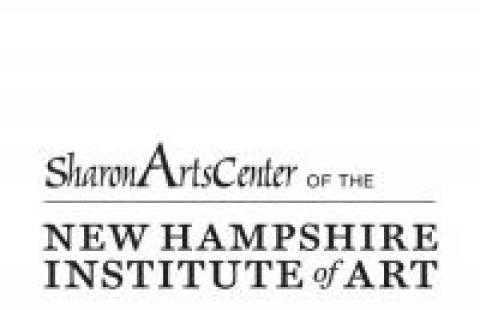What were your major obstacles?
1) One major obstacle was the issue of how Sharon Arts would be perceived in the community once we merged with the New Hampshire Institute of Art. While there were many questions regarding the merge, we knew we were working with a good team of Board members both at the NHIA and at Sharon Arts who wanted what was best for Sharon Arts.
2) Sharon Arts has a strong brand and identity that goes back 65 years. The merger raised questions as to whether we would lose our identity. However, we retained our brand and found we became stronger in the public's eyes given the NHIA’s reputation, combined resources, and shared faculty and students.
3) All of our stakeholders—faculty, staff, members and donors--wondered how our new organization would operate after the merger. The operations piece is constantly evolving as we develop new processes and procedures for working with the New Hampshire Institute of Art. Remarkably, our faculty and students have adapted to the changes, and we’ve received positive feedback from everyone including our donors and nonprofit peers in the art community.
Who or what was instrumental in overcoming these obstacles?
Sharon Arts has a strong Board of Trustees who worked tirelessly to communicate the changes with full transparency to the community.
What top three suggestions would you give to others attempting a similar project?
1)To find ways to sustain your organization by “thinking out of the box.”
2)Do not be afraid to approach another organization that has a similar mission to discuss potential synergy. Put all your ideas on the table.
3)Clear and constant communications with all of your constituents whether they are your students, members, faculty.
